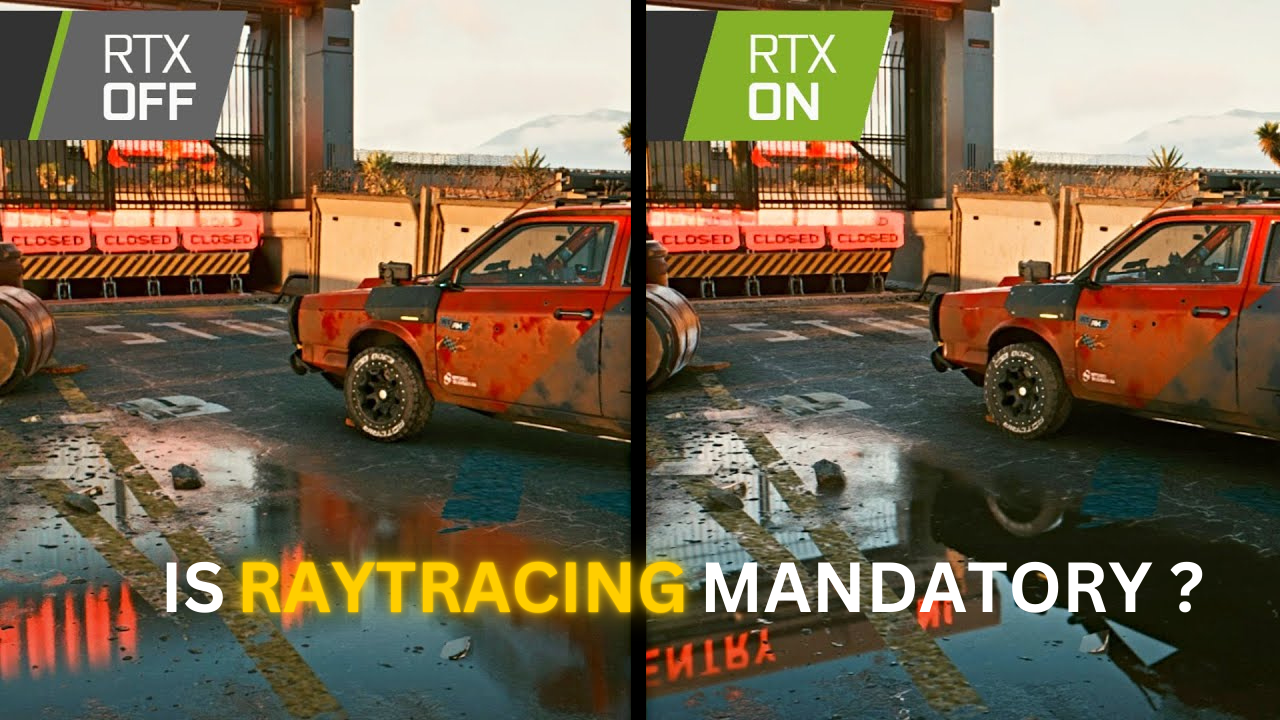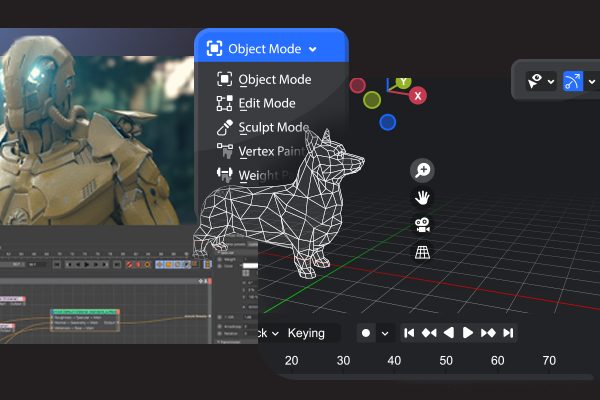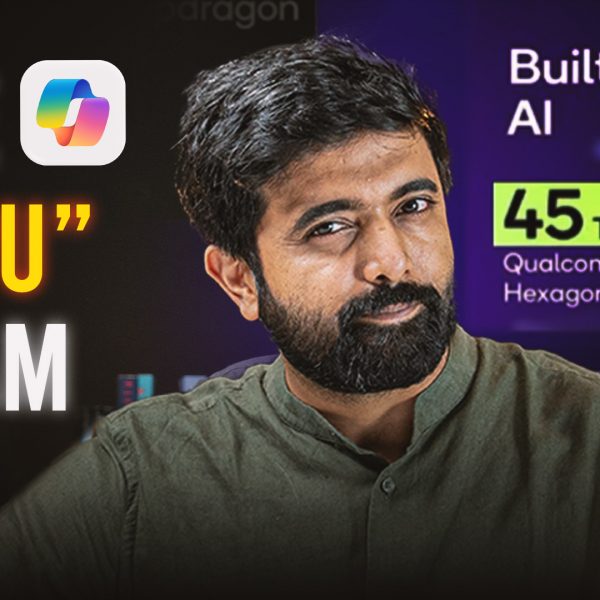In recent years, Ray-tracing has become a critical feature for modern GPUs, particularly in high-profile AAA games such as Indiana Jones. As this technology has evolved, game developers have aggressively pushed it into their projects, despite the significant computational demands it places on hardware. This raises an important question: why is Ray-tracing now considered essential for gaming, and how is AI contributing to this shift?
Ray-Tracing: A Game-Changer, Now Beyond PCs
Before we begin, let’s get one thing clear – Ray-tracing is no longer “just” for PC gaming. Advances in hardware have made it possible for consoles like the PS5 and Xbox Series X, as well as mobile devices powered by chips like Apple’s A17 Pro and Qualcomm’s Adreno GPUs, to support this technology.
Ray-tracing simulates light behavior, including reflections and shadows, to create photorealistic visuals in films. Implementing it in real-time gaming is more complex due to the massive computational power needed. Achieving lifelike images requires tracing billions of light rays per second, a task once impossible with even the best hardware. Early versions of ray-tracing traced fewer rays per pixel, sacrificing some visual fidelity.
The Role of AI: Enhancing Visual Fidelity
Given the computational challenges, developers have turned to AI-driven upscaling techniques to enhance the visual experience. AI algorithms can predict what a frame should look like, leveraging previous data to “fill in the gaps” and generate high-quality visuals in real-time.
One such advancement is path tracing, a more sophisticated form of Ray-tracing that tracks the entire light path within a scene, producing even more realistic lighting, shadows, and reflections. This leap forward, seen in games like Black Myth and Indiana Jones, brings gaming visuals closer to photorealism.
AI’s true power lies in its ability to learn from data. Over time, AI systems like Nvidia’s Deep Learning Super Sampling (DLSS) improve as they process more frames, refining predictions for superior image quality. Nvidia’s supercomputing infrastructure, running continuously for years, has enabled this learning process to reach new heights, resulting in faster and better-performing games.
AI’s Impact on Game Development
AI’s influence extends beyond gaming performance—it is also transforming the development process. Traditionally, creating realistic lighting and reflections in games was a labor-intensive task requiring manual work for every detail. With Ray-tracing and AI, much of this can now be automated, drastically reducing development time and increasing efficiency.
This change is particularly beneficial for indie developers, who now have access to powerful tools that were once reserved for large studios. AI-driven engines like Nvidia’s Edify allow for the generation of 3D models, textures, and environments directly from video footage,for smaller teams with limited resources. As a result, more creators can compete with industry giants.
Conclusion: A Future Shaped by AI and Ray-Tracing
Ray-tracing and AI are undoubtedly reshaping the gaming industry. These technologies are not only enhancing visual quality but also making game development more accessible, enabling smaller studios to compete on a global scale. The end result will likely be a more diverse and innovative gaming landscape, with fewer issues related to rushed or incomplete launches.
Looking ahead, AI will play a pivotal role in driving the evolution of gaming. For gamers, this translates to an increasingly immersive and exciting experience. As technology continues to progress, it is clear that AI and Ray-tracing will play an integral part in the future of game development.






